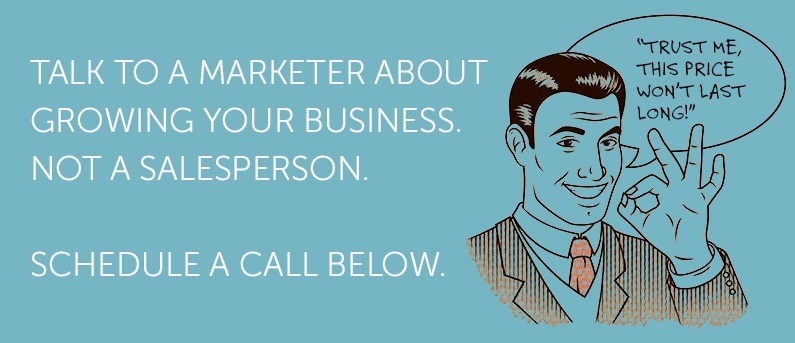As the excessively public nature of social media continues to raise red flags among privacy-philes, the idea of engaging with brands on Facebook and Twitter as a way to attract visitors has lost some of its luster. Enter Snapchat, a social app that allows you to take a photo or record a video and send it to your followers. Once it’s opened and viewed, it’s gone—literally. 
By setting a timer for up to 10 seconds after opening, you ensure that the message deletes itself completely from the phone, the app and the Snapchat servers. That’s great for teenagers, you think, and anyone who sends less-than-savory posts into cyberspace, but what on earth could it possibly do for your company? A surprising amount, actually, depending on the type of business you’re in.
Ways to Use Snapchat
So how would you use Snapchat in the business environment? Mostly for user engagement, and it works particularly well in the B2C marketplace, for things like:
#1: Gamifying a Brand
With brand gamification currently popular with younger consumers in particular, imagine having to view and understand the messages you get within seconds, before they self-destruct. This works well for a time-sensitive promotion, a teaser for an event or as clues to follow that lead to a special discount. At the end of the process, the posts can point the user to your website or Facebook page for more permanence.
#2: Entering Contests
Let’s face it, once a user has entered your contest they’re done with the entry page, correct? So why would you need to keep it hanging around? A self-destructing page offers a great way for users to enter your contest, follow up on clues and claim prizes such as short codes for products or discount coupons. Once they’ve opened the post and clicked through to claim the prize, the message disappears ensuring that they only claim it once.
#3: Teaser Ads
Offering ‘sneak peeks’ at new products, scenes from the latest film, celebrity gossip and behind-the-scenes access can build excitement over your brand for your customer demographic. Brands that cater to consumer groups using Snapchat have endless possibilities for ‘leaking’ information to their audience through supposedly secret channels. This could work for anything from fashion clothing through sports events and the latest coffee drink.
Building the Benefits
- Apart from the obvious privacy advantages, the benefits of using a medium like Snapchat are significant:
- As with any communication channel, success depends on being able to reach enough of your target market. With 26 million U.S. users and counting sending upwards of 350 million images a day, Snapchat has proved interesting enough that Facebook recently offered $1 billion to buy it.
- Users can redistribute images and posts to their own networks, giving Snapchat the virality that’s so desirable for consumer marketing.
- Snapchat can be used to make users feel special by sending them offers based on data about their buying habits. For example, frozen yoghurt chain 16 Handles ran a New Year promo asking customers to snap photos of themselves and friends enjoying their product. As a reward, users received a coupon that was exclusive and generated a sense of urgency.
- It makes use of the elements of immediacy and surprise by generating interest in a promo, which customers have to use immediately or search for to recapture it elsewhere.
- Companies that encourage ‘membership’ among their customers through registration on their website can offer the option to add a Snapchat handle, which gives them the option to send individualized offers to those users.
Disadvantages
The main disadvantage of Snapchat—and the one that is likely to put more staid companies off—is that no stats are available from the platform itself. To get an idea of how well a promo has done, it needs to have a tangible end result such as the redemption of a coupon, click-throughs to a landing page or comments on a Facebook account.
Using a medium like Snapchat is fairly labor-intensive. While the platform itself doesn’t carry a cost, producing the content and managing the process requires a dedicated person or team to hunt down and action the opportunities for engagement.
Unless businesses support their Snapchat focus with other channels, you aren’t likely to get customer intelligence you can use. The only way to monetize the medium effectively is to use it as a ‘middle man’ option to guide users to where you want them to go. Once you get them there, you can collect data, sell products and build them into a user base.
Industry commentators expect the next 12 months to be pivotal for Snapchat in terms of building its followers and becoming useful for companies. If you’re able to wrap your head around the newness of the platform, you might well make it work exceptionally well for your business.
*Image courtesy of freedigitalphotos.net

